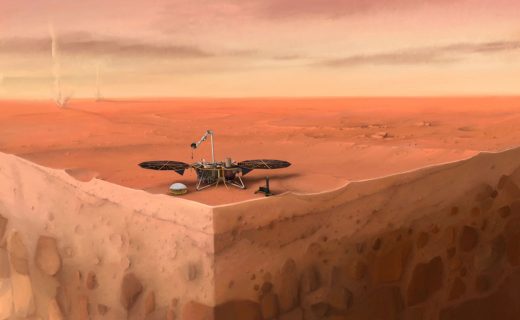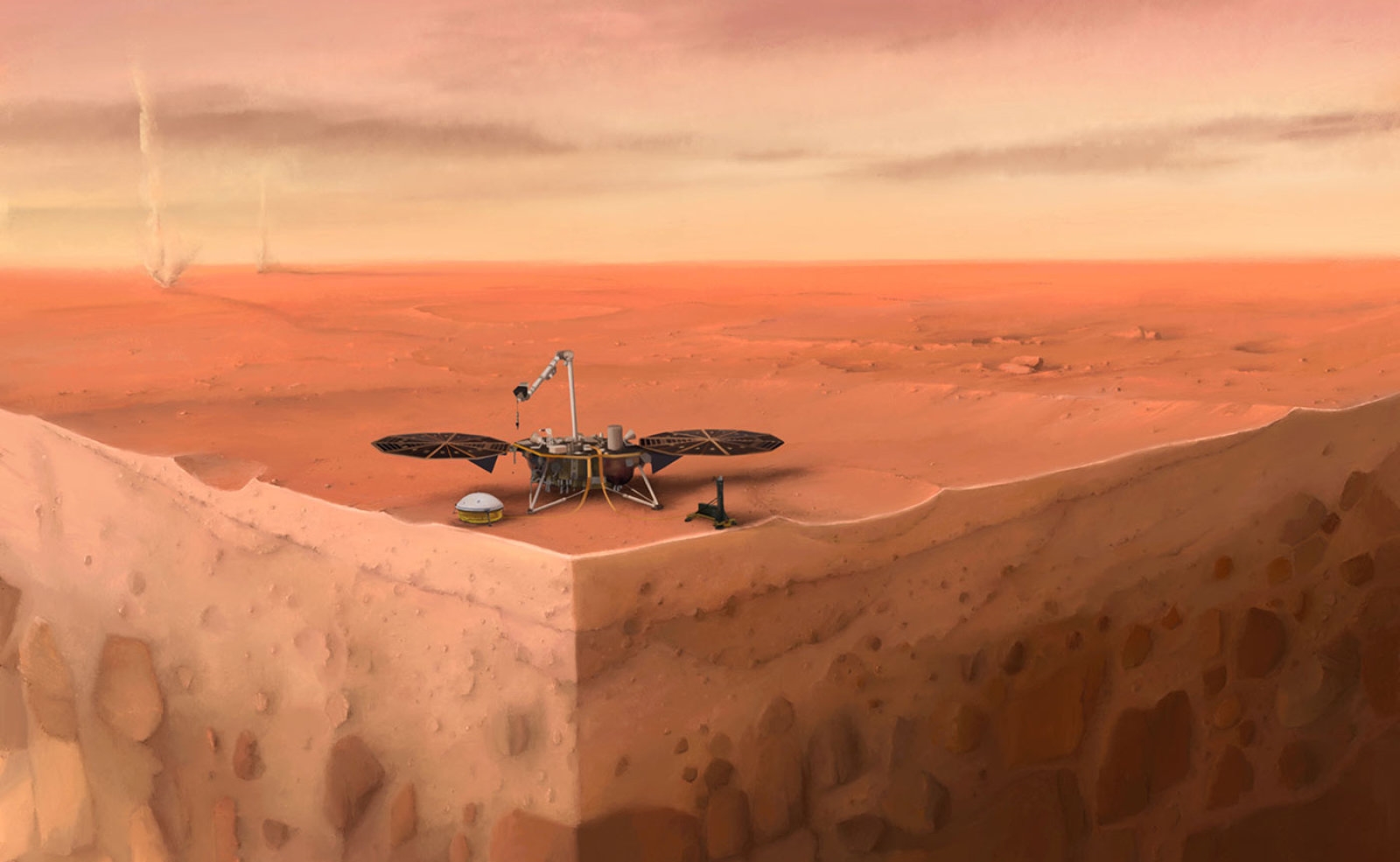NASA says its InSight lander has detected over 450 ‘marsquakes’
Marsquakes are more common but less intense than NASA thought. That’s one of the things the agency has revealed in the six papers it recently published on InSight’s findings since it landed on the red planet. Apparently, InSight’s Seismic Experiment for Interior Structure instrument (SEIS) recorded over 450 seismic signals or “trembling” events since last year. Now, the agency has announced that “the vast majority” of them were probably marsquakes and not merely noise created by environmental factors like the wind.
NASA has also revealed that the largest quake SEIS found was around magnitude 4.0 in size, which is milder than scientists expected. That’s not quite strong enough to get readings from the planet’s lower mantle and core, though, which scientists are hoping to get. InSight principal investigator Bruce Banerdt described those layers as the “the juiciest parts of the apple” when it comes to learning about the planet’s inner structure, which can help shed light on how rocky planets form.
Marsquakes, however, aren’t quite like earthquakes. The planet doesn’t have tectonic plates, and scientists believe its rumblings come from volcanically active regions and an internal cooling process that causes the core to contract and build stress. In fact, when InSight detected the first potential quake, NASA’s Planetary Science Division director Lori Glaze compared the event to a moonquake, which is typically weaker and much longer than earthquakes.
(20)




